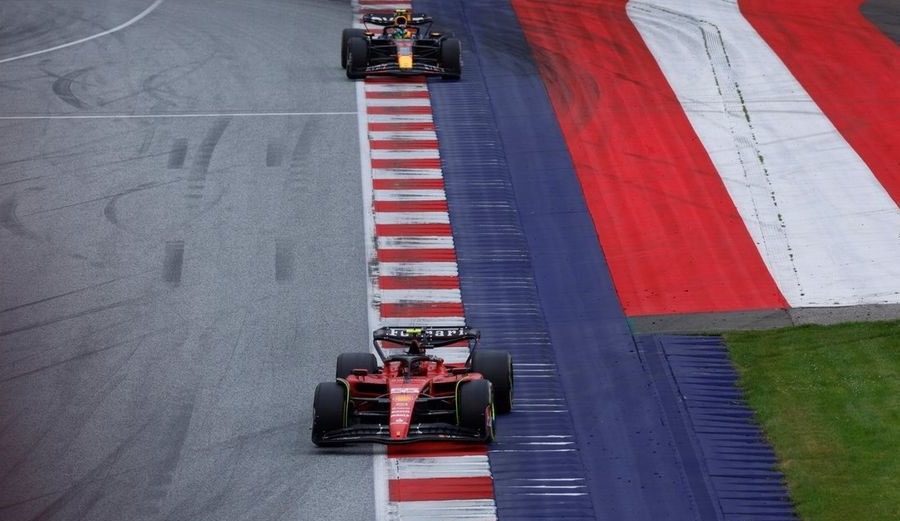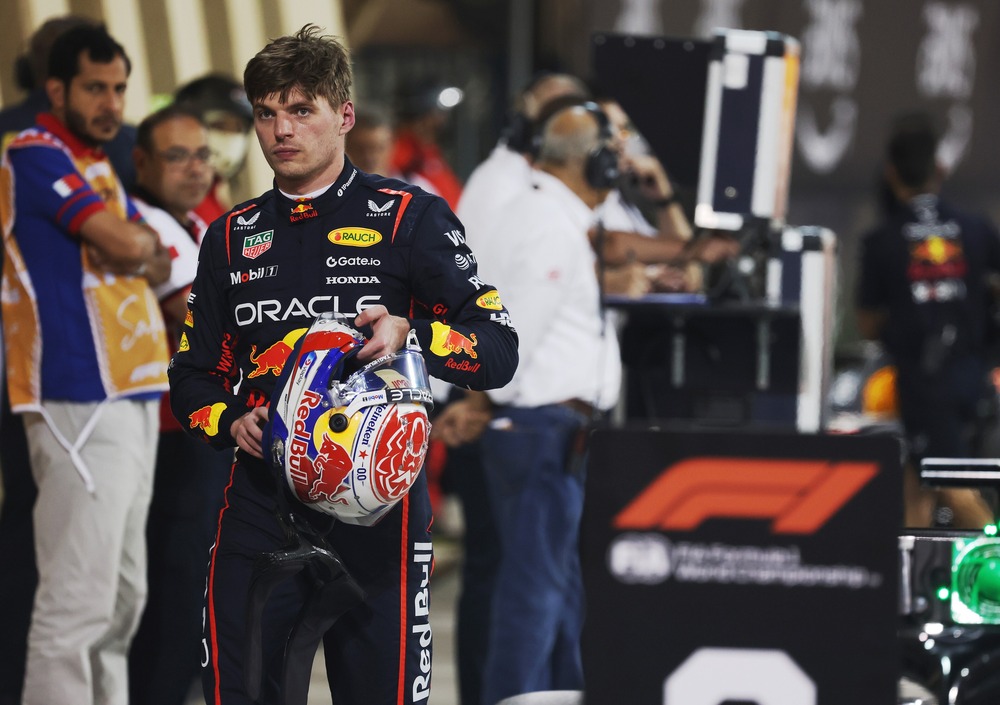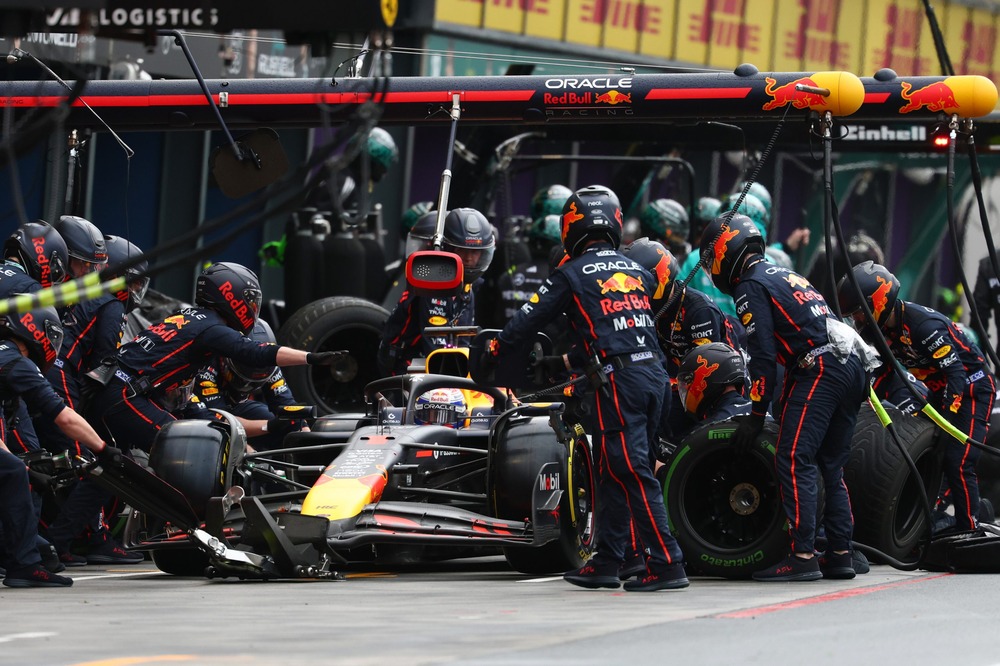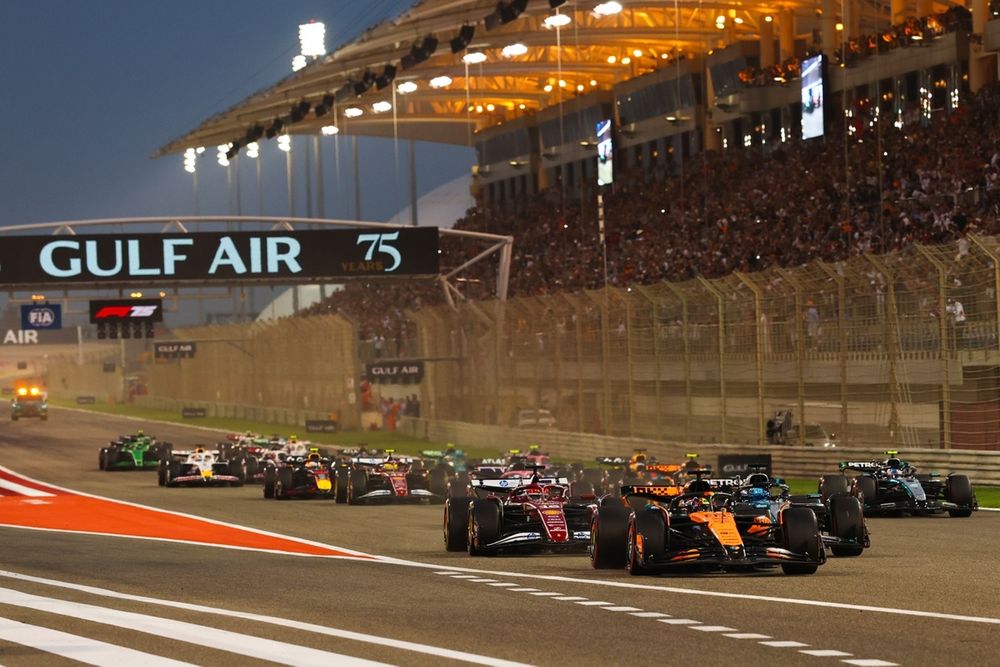A number of changes have been made to Red Bull Ring ahead of this weekend’s Austrian Grand Prix to address the overwhelming number of track limit violations that plagued last year’s event.
Austrian Grand Prix organizers have joined forces with the FIA to set up more gravel traps at the Red Bull Ring in Spielberg in time for this weekend’s event in a bid to avoid a repeat of the high number of track limit violations from last season.
Last year’s race saw an all-time high number of track limit violations that overwhelmed race control, delaying the issuance of red flags and time penalties. The event saw over 1,200 potential track limit violations, of which 83 turned out to have occurred at the last two corners of the 4.318-kilometer track.
After the race, It was apparent that there was barely enough time to review the telemetry and video footage from each individual case, and as a result Aston Martin team protested that the rules were not applied in some cases.
The stewards and officials needed several hours to review every instance of track limit violation that the software had detected and afterwards issued a revised race result with eight drivers receiving penalties. Alpine driver Esteban Ocon was the most affected as he was penalized a total of 30 seconds, dropping him to 14th place.
The Austrian Grand Prix venue has undergone a number of changes for this year in an effort to prevent a repeat of the track limits fiasco. However, the solution is far from simple considering the range of racing series that use the Styrian track. Besides F1, the circuit also hosts DTM and MotoGP, with each having its own set of rules.
In response to these concerns, the organizers are being proactive and have placed two gravel traps, each measuring 2.5 meters wide, at the end of turns nine and ten. By doing this, they hope to automatically limit drivers’ ability to take advantage of track boundaries, which will lessen the need for post-race penalties.
Gravel traps at the edges of such high-speed corners can cause particular safety concerns for two-wheel racing, meaning it might be necessary to remove the gravel traps again before the next visit by MotoGP and others.
The FIA had acknowledged there was a necessary trade-off involved in the differing requirements when it issued last year’s recommendations.
“We have solved that. Importantly, this was done in agreement with the FIA and the FIM (the world motorcycle association),” track director Ernst Wolf told Motorsport-Magazin.com.
“It has to fit together. We can’t optimize the track for one and then the others can’t drive anymore.
“We note that while this is not a straightforward solution in relation to other series that race here, it has proved to be very effective at other corners and circuits with similar issues.”
As F1 heads to Spielberg, the focus will be on the racers as well as how the recent changes affect the Austrian Grand Prix’s dynamics and whether or not the lessons learned from past events have really opened the door for safer and more seamless competition






